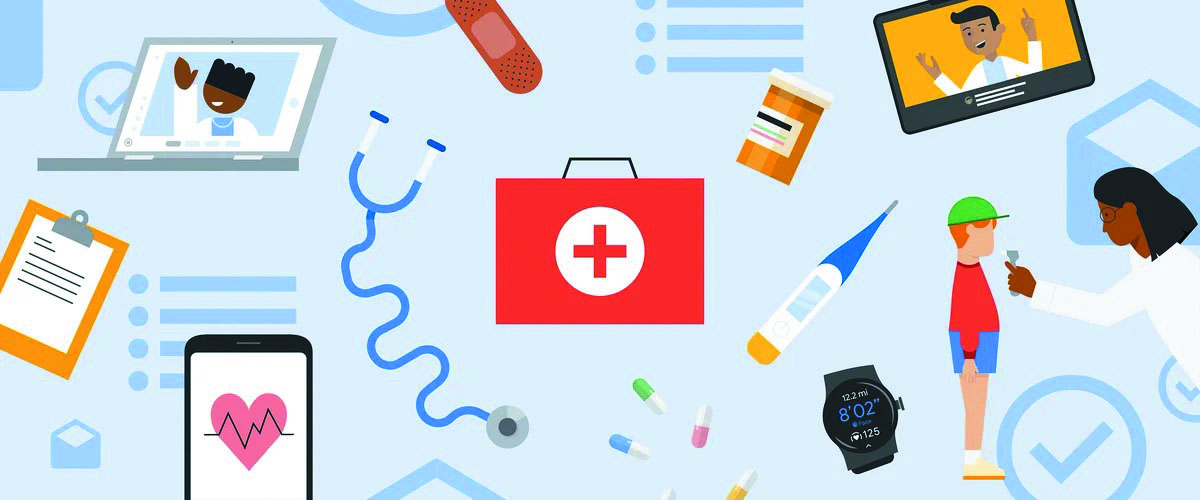Parents of young children are well versed in what they like about their children’s healthcare provider. Whether that individual is a pediatrician, family practitioner, pediatric nurse practitioner or physician’s assistant, this is the person who has guided the family from infancy through adolescence, answering a myriad of questions and meeting pediatric healthcare challenges along the way. When a child reaches their teens, though, the parent and/or the offspring may find that they are more comfortable seeking out an adolescent or adult healthcare provider. It’s a matter of having a conversation. Who starts it? And how? What follows is a general guide to embarking on this change, which usually occurs between the ages of 18 and 21, though may occur earlier, depending upon the specific needs of the teen and family. Most providers agree that the process should actually begin earlier, with the provider and/or parent encouraging a middle school child to explain why they’ve come to the appointment, and what they hope to gain from their visit. In this way the teen is led toward becoming an active, primary participant in their own healthcare.
There are the logistical considerations; it may be necessary to make a change due to insurance considerations or a physical move from one locale to another. The pediatric provider may have a policy that states that she/he will only see children up to a certain age. The young adult may be travelling to a distant location for college or employment. Certain immunizations are necessary for college and travel, so it’s important to discuss these with the young adult. For these reasons, it’s a good idea to start identifying practitioners the teen may want to transition to when the teen is in high school, so that, upon graduation, a safety net is in place that all are comfortable with. Look up practices and practitioners together, so that the teen understands the particulars regarding primary or specialist care, insurance guidelines, and appointment requirements.
A smooth transition from one health care provider to another is ideal, which can be affected by a little bit of work by both parents and teens.
It’s important for a teen to be aware of their insurance plan, whether there will be a copay, and to have their insurance card with them. They should also make a list of their concerns, perhaps with the help of a family member or support person, that they want addressed. It’s very common to forget certain aspects of concern when in an appointment with a provider, or to exclude symptoms that you feel are of no consequence.
It’s also essential that the young adult be provided with a medical history by their parents. A list of immunizations, childhood illnesses, allergies, injuries, hospitalizations and emergencies should be outlined, with dates. A complete medication list, including allergies to medications and any adverse reactions that have occurred is necessary. High schoolers should know the names and dosages of medications they are taking, and what they are taking the medications for. A family history is helpful, also. It’s important that the family discusses the teen’s history, so that the young adult can feel comfortable answering questions about their own medical background. Any chronic medical condition should be explained, and treatment guidelines reinforced, so that the teen has a thorough understanding of their condition and its implications. Such a document can enhance collaboration between providers.
Parents have been asking questions of the pediatric provider for years, so handing over that responsibility to their teen is huge. Practicing self-advocacy is essential for a teen, so allowing them alone time with their health care provider is important. In this way the teen can build skills necessary for talking about their health and health care needs. When the adolescent recognizes that the parent is being respectful of their privacy, the relationship between the young adult and the healthcare provider is enhanced.
In my research for this column, I came upon a guide called One Step at a Time written by the Teen Advisory Committee at Boston Children’s Hospital (https://www.childrenshospital.org) that may be helpful to young adults considering this change. Seattle Children’s Family Advisory Council has also established a Checklist for Transitioning to Adult Healthcare that can be found at https://www.seattlechildren’s.org


